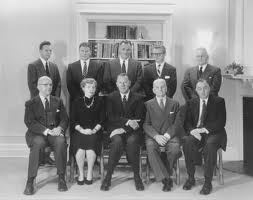Last week, we attended the opening night of the Tribeca Film Festival and thought an apt question to address is: why not just distribute content online? Recent press shows that independent authors and filmmakers are now choosing to bypass traditional offline distribution middlemen by distributing online. While this is a good thing for independents and for consumers, there may be some unwanted collateral damage.
We recently read in Cheapest E-Books Upend the Charts that independent writers like Louisville businessman John Locke were able to penetrate Amazon’s top 50 digital best seller list with books that are priced sometimes as low as 99 cents, as opposed to the $9.99 normally charged by other successful authors. By self-publishing and distributing online, authors like Mr. Locke are able to reduce publishing costs and directly reach readers with lower priced content. Now more highly priced authors that distribute through traditional publishers have to show that their content is ten times more valuable than the books that Mr. Locke writes. The same is true in the film world. IMDB reports that the biggest names in Hollywood have been protesting Video on Demand (“VOD”), which has placed major films online in but weeks after they appear in brick and mortar theaters. The theaters are fighting back by taking distribution into their own hands. The Los Angeles Times reports that AMC and Regal recently unveiled a new distribution company called Open Road Films, which will focus on developing and distributing independent films, presumably both on and offline. Any author or filmmaker now has to seriously consider self-publishing or independent distributing online, respectively, as an alternative to traditional distributorship. At the same time, the collateral damage may very well be the disappearance of traditional book stores and movie theaters, which is traditionally where people took their dates or socialized with their fellow neighbors. The disappearance of these fixtures may tend to further erode our social fabric.




